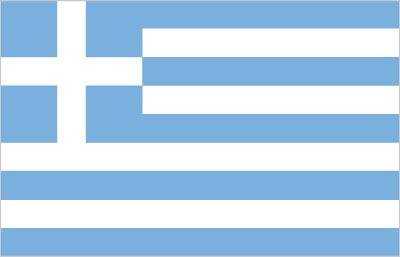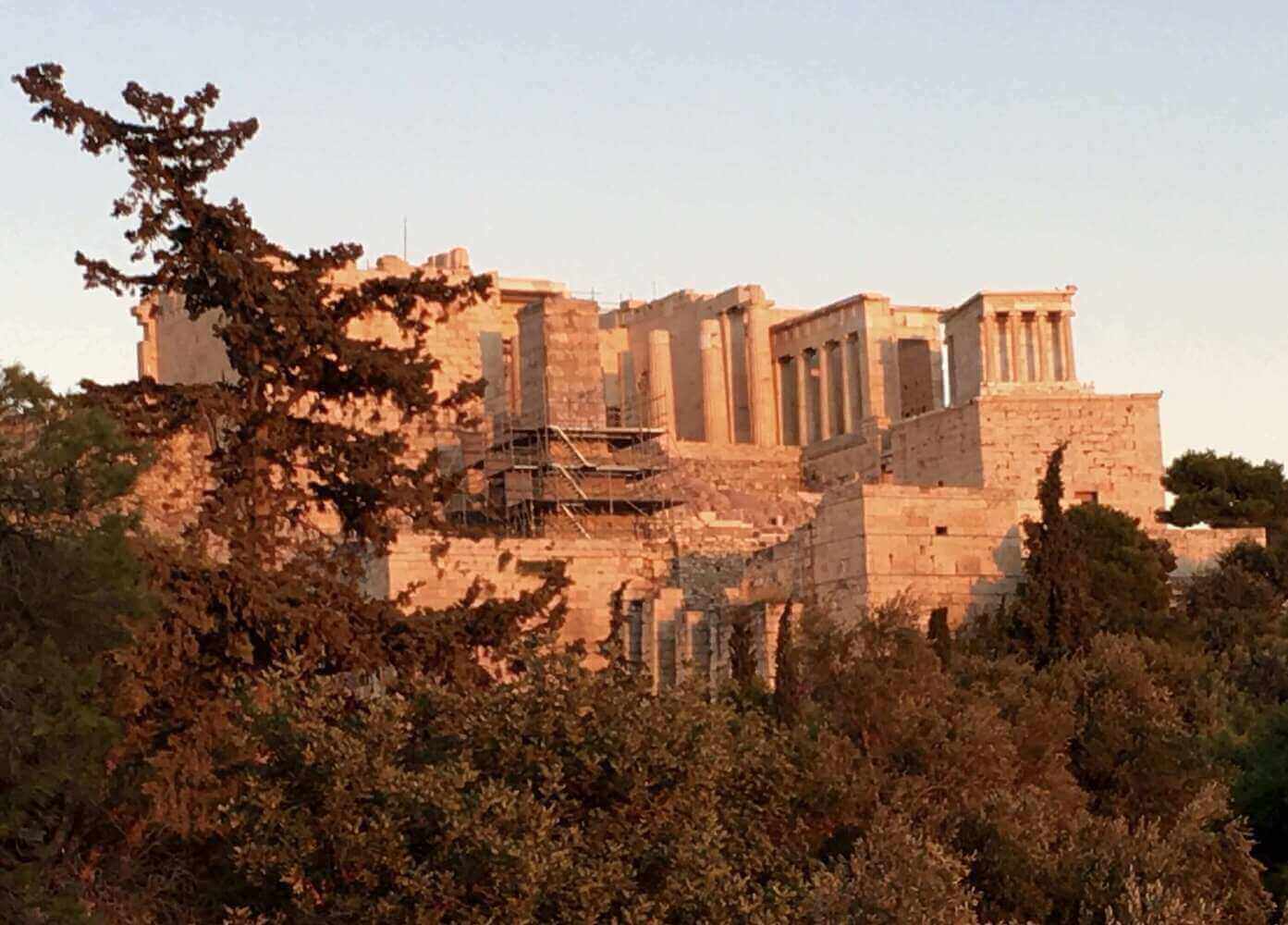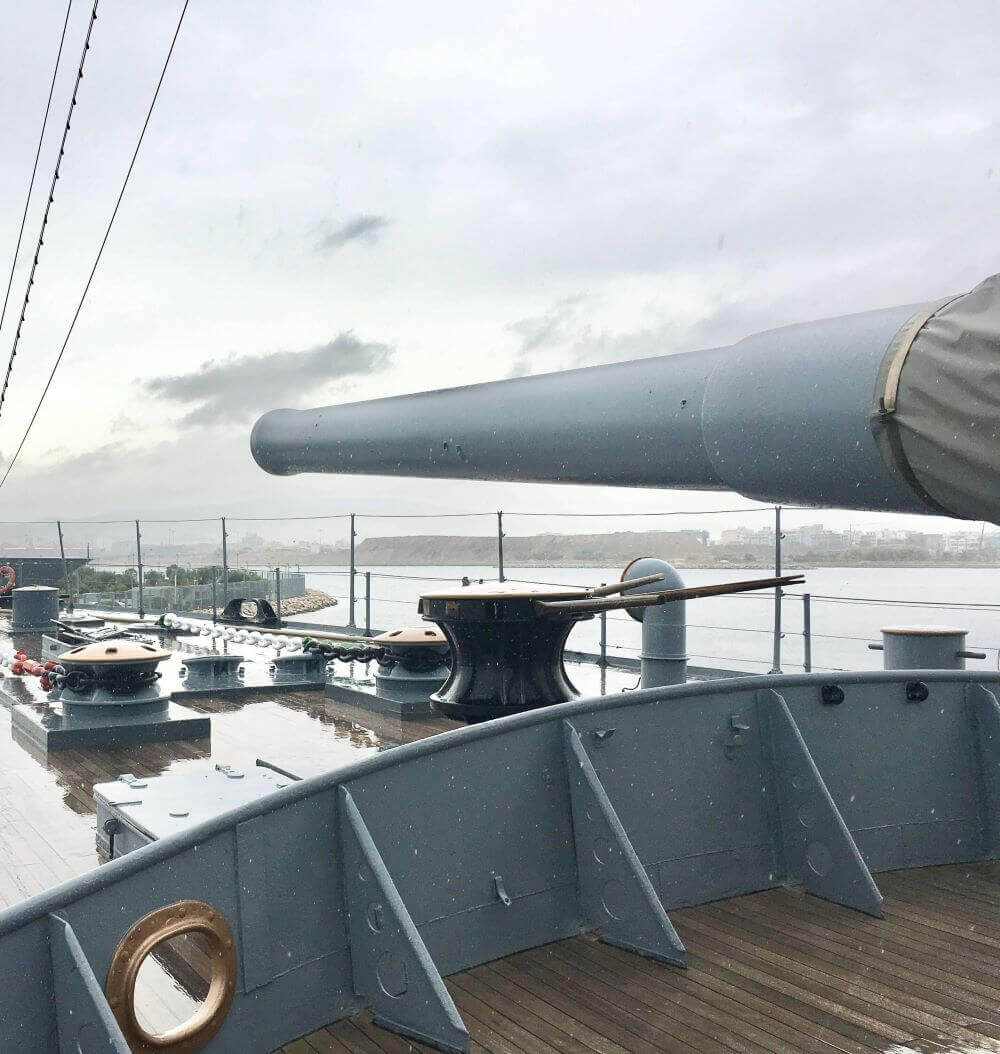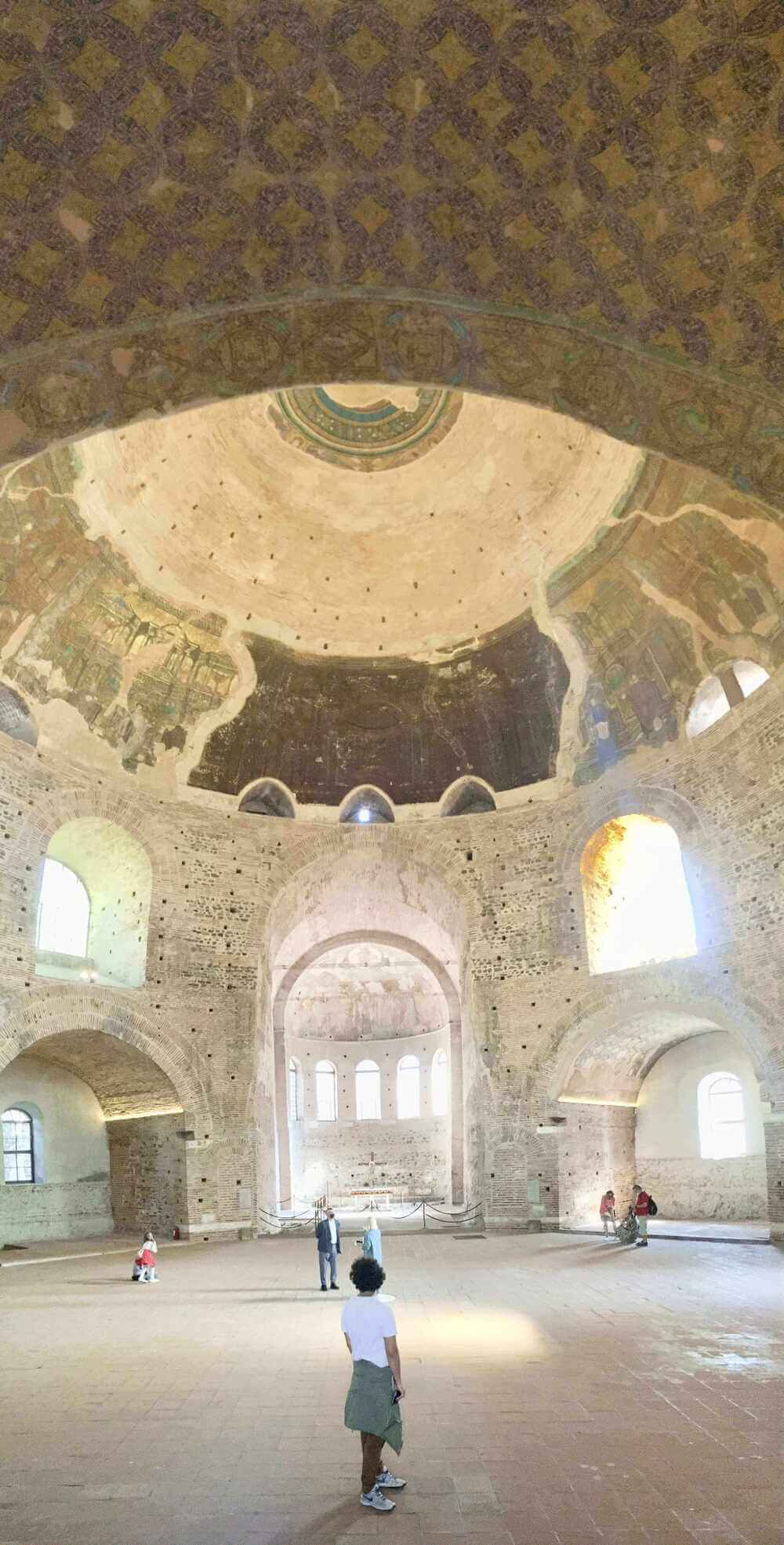
I visited Greece in October 2021, with my high school friend Gabriel Rousseau. We started in Thessaloniki, took a bus down to Athens, and ended in Delphi. I have about as much knowledge of ancient Greek art and architecture as a reasonably erudite yak herder. Fortunately, Gabriel studies ancient Greek history, and could identify individual Greek gods based on their facial hair (Poseidon, it seems, really needs to shave more often). The Greek alphabet is different than the Latin one I am used to. Thanks to high school physics classes, I know most Greek letters, but not necessarily how they translate. I could tell that the name of the first city we were in had something to do with an angle measurement, a wavelength, and two standard deviations, but I am still not sure how this would be pronounced.
Athens is the capital and largest city in Greece. Ancient Athens is famous for establishing the world’s first democracy in recorded history, over 2,000 years ago. It is true that only male property-holders could vote (women were considered to be property), but as unsatisfactory as this is, I suppose we had to start somewhere. Athens is a large and somewhat chaotic city, but a vibrant one overflowing with history and archaeological ruins. Thessaloniki is in northern Greece and is its 2nd largest city, as well as the capital of the Macedonian region. It was the Byzantine Empire’s 2nd most important city after Constantinople. For much of its history, more than half of its population was Jewish, but this community was decimated through emigration and the Holocaust. I found Thessaloniki to be less imposing than Athens, and with almost as many historical intricacies.

Ancient Greece had an enormous influence on contemporary Western civilization. Its democratic(ish) system of government, the Olympic Games, scientific progress, and literary and artistic accomplishments are deeply embedded in Western culture and society today. Over a span of two millennia, Greece was conquered by the Roman Empire, which then evolved into the Byzantine Empire, which was conquered by the Ottoman Empire in the 15th century. From 1821-1829, Greece fought for independence against the Ottomans, and succeeded with help from Russia, France, and the UK (who cared less about seeing Greece rise than seeing the Ottomans fall). Although Greece would shift political regimes, going from a monarchy to a republic to a dictatorship, it remained independent until World War II.

In 1940, Fascist Italy invaded Greece via Albania to expand its influence in the Balkans. Despite being outnumbered, the Greek army managed to push back the Italian advance beyond their starting line. This embarrassed the Italian military and prompted Germany to intervene. Germany had a much stronger army, and the already-exhausted Greeks were defeated within a month. After World War II, Greece descended into civil war between the US- and UK-backed monarchy and the USSR- and Yugoslavia-backed communist party. This was arguably the first proxy conflict of the Cold War. King Constantine II’s forces ended up winning in 1949, but a military dictatorship established in 1973 abolished the monarchy, and the king was forced to spend several decades in exile in the UK. Since then, Greece has integrated itself into Europe, and was the center of the European Debt Crisis in 2009, from which its economy has still not fully recovered.
Perhaps the most iconic structure in Athens, the Acropolis is a prominent hill that overlooks the city. On it lies the Parthenon, an ancient temple built during the 5th century BC in honor of Athena, the goddess of wisdom and the patron of Athens. The Parthenon’s purpose has evolved with the religion of the time: it served as a Christian church starting in the 6th century, and a Muslim mosque under the Ottoman Empire in the 15th century. It was severely damaged during the Morean War of 1687. The attacking Venetians besieged Athens and shelled the Acropolis, which the Ottomans were, brilliantly, using to store their munitions. Fortunately, it has been preserved more carefully in modern times.

This impressive battleship is the Georgios Averof Cruiser. It was commissioned in 1911 and named after a wealthy businessman who donated a plethora of money to the Greek navy. When Greece was invaded during World War II, its crew was ordered to sink the ship to avoid it falling into Axis hands. They disobeyed and managed to rendezvous with the British in Egypt. The ship spent the rest of the war in the Indian Ocean escorting British vessels. Today, it has been converted into a naval museum, and for a mere 3 euros you can explore its interior.

Thessaloniki's Rotonda was built on the orders of Roman Emperor Galerius in the 4th century. Like Athens’ Parthenon, it has been used for a variety of religious purposes: for the Greek and Roman gods, Christianity, and Islam. It is one of the oldest churches in the world. As its name suggests, its exterior resembles a rotunda. Its interior contains magnificent mosaics that forced us to strain our necks as we marvelled at the ceiling. These were all the more impressive considering how long ago the structure was built. I did not expect such a humble-looking building to be so ornate inside.
